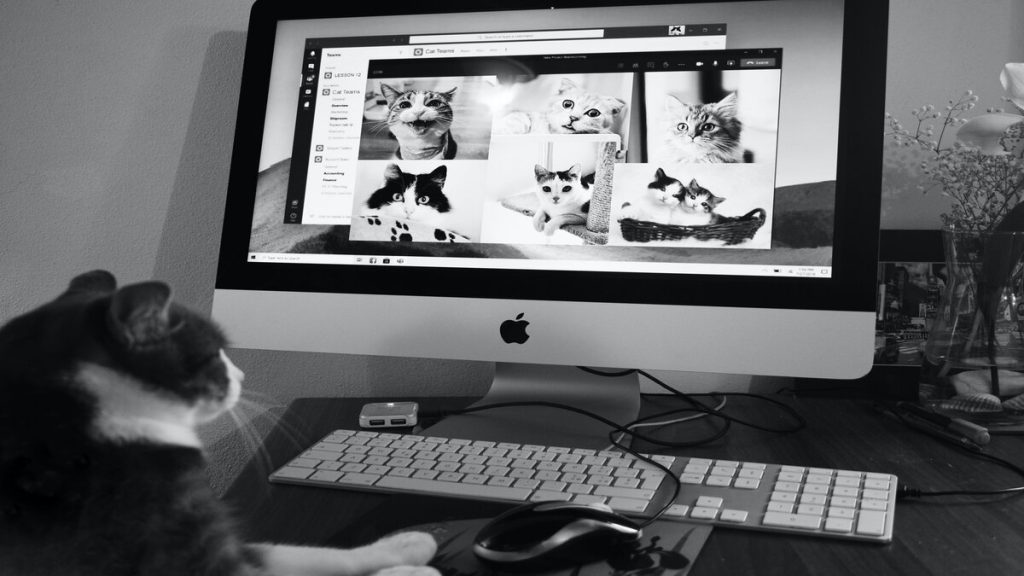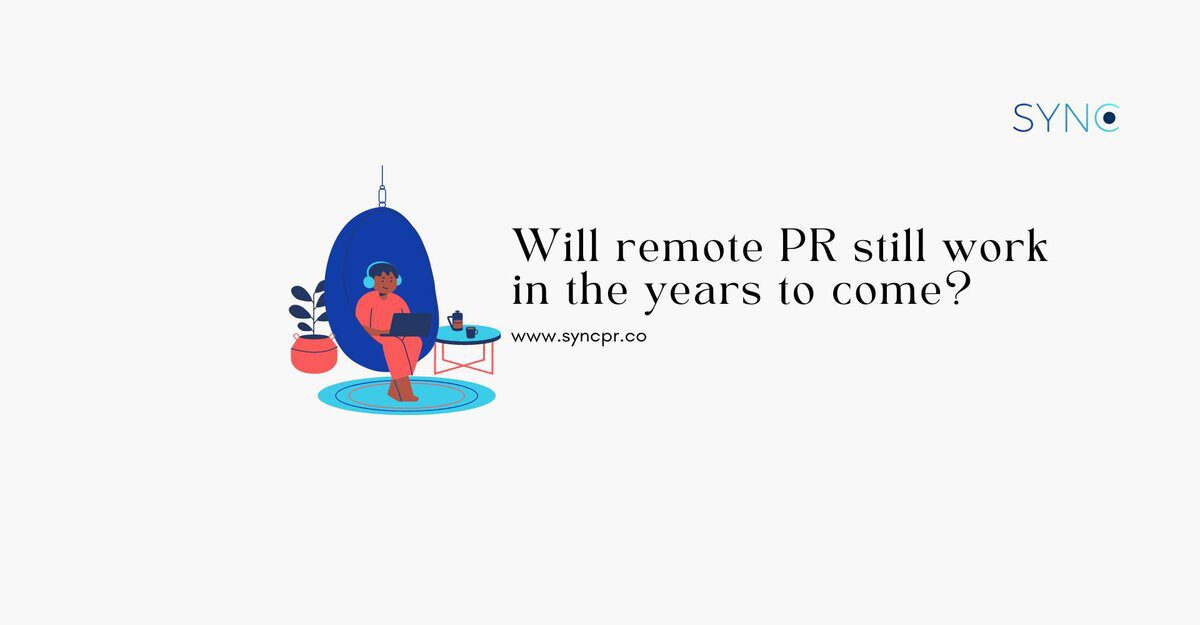The public relations sector (PR) was not exempt from the effects of the COVID-19 pandemic, which fundamentally changed how businesses and industries operated. In 2020, working remotely became the new normal in order to adhere to strict regulations and maintain safety within the local community. PR efforts also had to turn remote, with physical media events and appearances becoming strictly virtual and putting more emphasis on digital marketing channels to strengthen brand visibility. This became a lifeline to many businesses that wanted to stay afloat during uncertain times.
However, as the pandemic concluded and all businesses resumed their normal operations, we should evaluate the effectiveness and relevance of remote PR in the year 2023 and beyond.
Benefits of remote PR
Although the initial adoption of remote PR for many businesses may have come from a place of necessity, there were undeniable benefits from practising it.

A more globalised talent pool: With remote PR efforts, agencies and businesses now have access to a larger pool of talent without the restrictions of physical borders. This not only enables them to tap into various expertise and globalised perspectives to create more unique PR campaigns but also leads to more job opportunities across the globe. In fact, LinkedIn states that remote job options in the US jumped significantly from only 1.4% at the beginning of 2020 to about 17% at the end of 2021, showcasing a growth of more than 1100%.
Cost-effectiveness: With a reduced need for physical office spaces and overhead expenses, remote PR can significantly decrease the costs needed to boost brand visibility. For example, events and media appearances can now be held virtually anywhere, such as through live streaming or webinars, so businesses no longer need to consider costs such as logistics, venue and transportation, among many others, while also enjoying the benefits of being able to tap into a wider audience.
Work-life balance: Doing PR remotely gives employees to work from home or wherever they feel they are the most productive. This makes it easier for them to achieve work-life balance as they are able to effectively make use of their time to achieve results instead of wasting a portion of their day commuting to and from work. In the long run, this will also lead to increased job satisfaction and productivity among employees. A study from PwC backs up this claim, where 80% of employees stated that their productivity had improved when working remotely.
Real-time monitoring and analytics: With the shift towards digital and social media marketing, PR professionals adopt more tools such as Hubspot and Facebook Ads, which give them access to valuable data and insights in real time. This allows businesses and agencies to make more data-informed decisions based on reliable and relevant data, which can then lead to more effective PR campaigns in the future. For example, businesses that actively analyse metrics such as post reach and engagement rates in their remote PR campaigns that involve social media can more accurately and effectively personalise their social media content and posting schedules to achieve a more optimal result.
Challenges of remote PR
Of course. Although the benefits reaped from remote PR efforts are undeniable, we need to acknowledge that adopting it still came with its challenges, with some still remaining relevant today. Some of those challenges include:
Communication and collaboration: Remote conversions are not as straightforward as face-to-face discussions. Problems such as unreliable internet connection or broken work devices may hinder effective communication. Collaborations and brainstorming sessions may also need to be more carefully planned to fit around everyone’s schedule, as opposed to being able to just walk over to someone in the office to ask for ideas.
Digital fatigue: Being constantly online and interacting with people via computer or phone screens can lead to digital fatigue, which is a phenomenon where employees experience exhaustion and stress due to the constant use of screens and online platforms. Not only that, digital fatigue increases the risk of reduced attention spans.
Microsoft states that human attention has changed over the past few years, with the figure now sitting at only 8 seconds. This makes finding more creative and unique ways to engage with audiences and attract as well as maintain their attention increasingly crucial.
The future of remote PR
Taking into account both the benefits and challenges of remote PR, there is then the question: Will remote PR remain a relevant option even in 2023 and the years to come? The answer to this question will depend on the following factors:
Funding: How much is the budget allocated for your PR purposes? Can your funding cover costs associated with physical PR efforts or is it currently limited to only virtual?
Objective: What are you looking to achieve for your business? Are you looking to grow your social media presence, attract certain media outlets, and expand your target audience, among many others?
Targeted audience: Who is your current target audience? Who are you looking to target in the future? Where can they be found?
By taking these factors into consideration, you should be able to decide whether remaining remote or virtual in your PR efforts will work for your business.
Here are two scenarios as an example:
You are a business owner of a startup still in its early stages. Keeping in mind that businesses spend an average of 10% of their revenue on PR, with some even allocating up to 44%, if your business is currently a startup in its early stages, you will need to decide whether allocating a significant amount of your budget towards certain PR efforts such as physical media conferences or event will be worth it. Additionally, if your target audience is primarily found on social media, it is wise to allocate your limited resources to PR efforts that are more effective such as influencer marketing or partnerships.
On the other hand, if you are a business owner of a fairly established company with bigger funding and more advanced goals, then limiting yourself to remote PR efforts may not be enough. For example, if you are looking to expand your presence beyond social media, it may be better to invest in PR strategies such as press conferences, private events, or pop-up stores; strategies that may not be as effective if only done virtually.
For businesses that wish to continue their remote PR efforts, it is important to innovate new and creative ways to address challenges such as communication gaps and digital fatigue while still being able to plan carefully for targeted PR campaigns.
A balanced approach is key to good PR
To sum it up, the transformation brought about by the COVID-19 pandemic pushed businesses to shift into the new normal of remote work in order to maintain their everyday operations and brand visibility, with the field of PR being no exception. While remote PR had its benefits and served as a lifeline to many businesses, it did not come without its fair share of challenges.
As the world returns to its life before the pandemic, the continued effectiveness of remote PR in the future will depend on their goals and priorities as a business, and their ability to balance the benefits and challenges of remote PR. Contact us hello(@)syncpr.co if you want to learn more about PR and content marketing.

